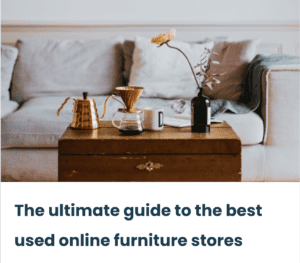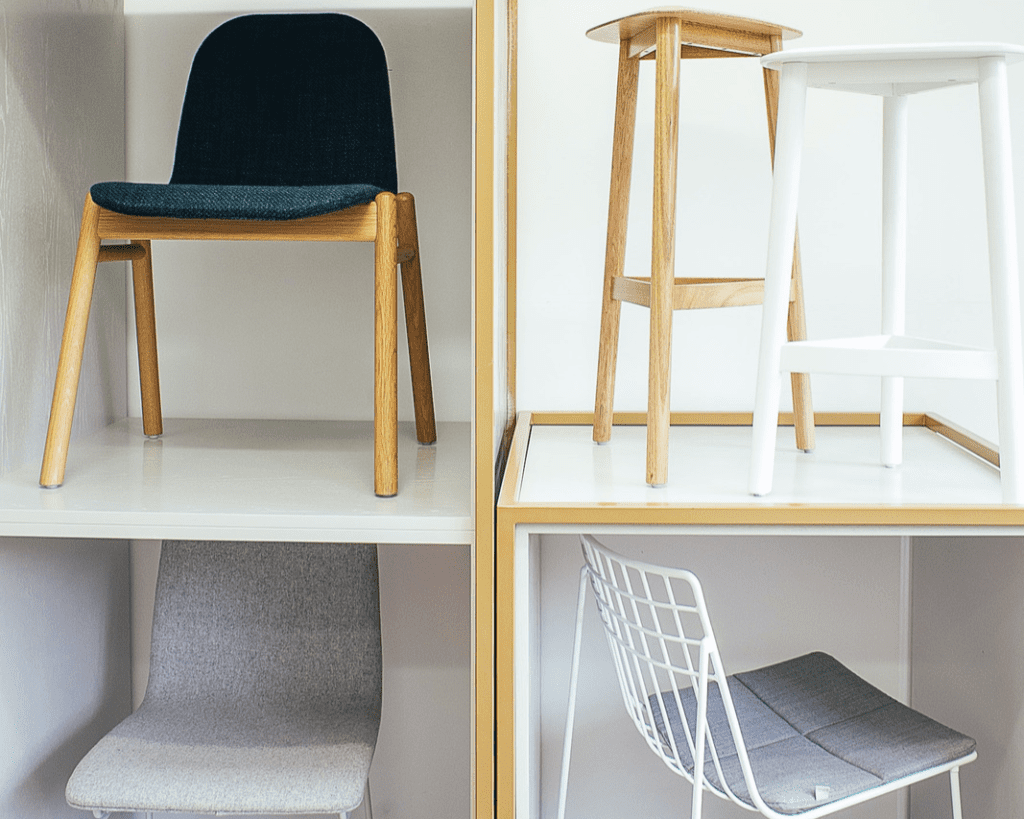
Sustainable furniture: everything you need to know
In this guide: Learn about sustainable furniture and key things to look for in selecting pieces for your home.
Disclosure: The Home Green is reader-supported and may receive a commission if you decide to make a purchase through a posted link, at no cost to you. I only include products I would consider for my own home
Selecting furniture can be one of the most fun parts of interior design and a step where things start to get really tangible. It’s also an aspect that has a big impact on the eco-friendliness of the overall project. What’s great for designers and design-it-yourselfers alike is that there are so many more options than ever before when it comes to furniture sustainability.
Furniture sustainability begins with what you already have...
First, it’s important to ask what you actually need in the way of furniture. Are you starting from scratch or looking to improve the feel or functionality of your existing space? Is reusing items in your current space an option?
Repairing, reupholstering, or refinishing a piece of furniture can do wonders in terms of changing the feeling of a space. Plus, it lowers the environmental impact of your design – and quite possibly the impact on your wallet, too.


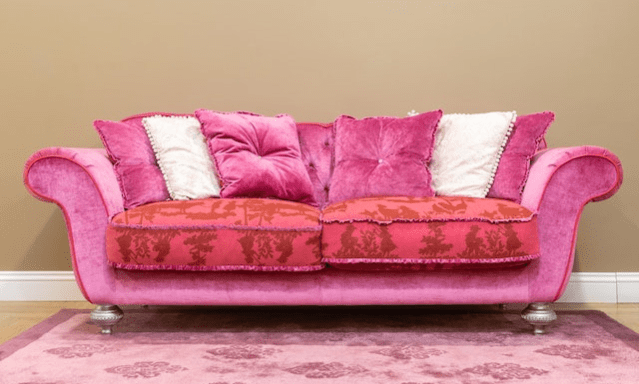

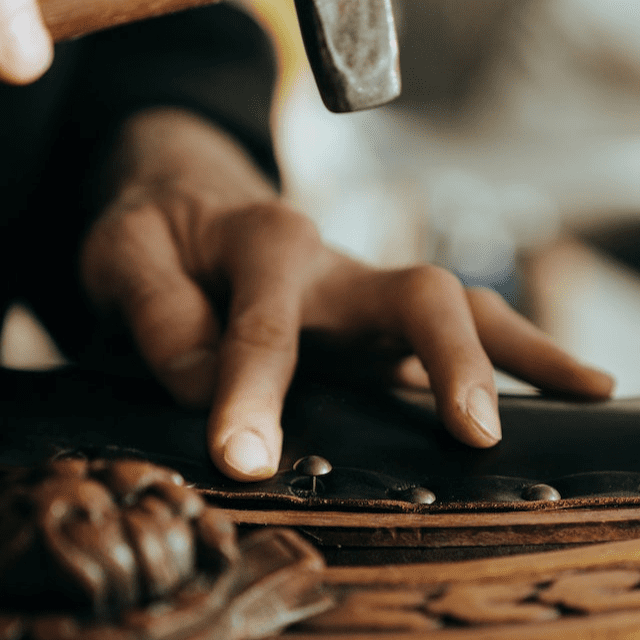

...and what already exists
In the event that you need to purchase furniture, consider starting with resale. If your budget is tight, local consignment and thrift shops can have some amazing finds – but it does take a little bit of work since you have to hunt and haul it yourself.
If you’re not into manual labor, there are amazing options online with a variety of styles and price ranges to consider. Some even focus on open box or barely used items, so if second-hand isn’t your preference, give retailers like Floor Found a look. You might just find what you’re looking for at a significantly discounted price.
In addition to being a great way to find one-of-a-kind items, one of the best things about buying vintage is that it’s ready right now. If you’re working on a tight timeline, it can be a lifesaver.
These days, you can even buy pre-owned luxury kitchens online – check out our story on Renovation Angel
Guide to used furniture brands
If you're curious about your online vintage furniture options, check out our guide that highlights some great shops.
Eco-friendly furniture materials to look for when buying furniture
Coming up with hard and fast rules on what constitutes furniture sustainability is a little more difficult than it may seem at first. That’s because there are a lot of factors, such as how the material is harvested or manufactured, how far it has to travel, how it is processed – and the list goes on. It’s great to learn as much as you can about an item and if it uses eco-friendly furniture materials.
Additionally, it's always important to consider if the piece is built to last. Does it fit more into the category of fast furniture, built for only a few seasons, or is it quality construction that could be used for years to come? We’ve included guidelines to help you make this determination below.
Naturally eco-friendly furniture materials are a great start
Fabrics and textiles
Bamboo
Rattan and wicker
Natural fibers such as cotton, linen, wool, and silk are great choices (although some people are hesitant about animal-derived fibers as that adds animal welfare to the equation). Be cautious of any stain treatments or fire retardants as this can contribute to VOCs in your home. (While denim is not a perfect example of a natural fiber, we loved this pouf and had to share.)
If you’ve ever had the misfortune of having bamboo in your yard, you know that plant is one tough mother. It grows fast, is hard to kill, and is super strong with a tensile strength harder than steel! It also grows very straight, all of which make it a perfect eco-friendly furniture material. (especially when grown in someone else's yard!)
Rattan and wicker are both flexible to work with, light, and yet also strong enough to be used in furniture construction.
Check into how any natural materials were grown, specifically you want this to be without the use of toxic chemicals.
What to know about wood and furniture sustainability
From actual wood furniture to the frames of upholstered pieces, a lot of wood is consumed in the furniture industry. That makes it important to confirm how that wood is sourced. When in doubt, check out the Sustainable Furnishing Councils' wood furniture scorecard which will give you an idea of how many of our major manufacturers are doing, overall.
If you’re having something made for your home, look for the applicable forestry certifications (listed below) from your lumber supplier. Be particularly careful about purchasing anything exotic that could come from the rainforests that the world needs!
Look for sustainable verifications
Third-party verifications are helpful in getting an unbiased opinion of how eco-friendly something truly is. There are a ton of organizations that set standards for sustainability and I highlight them in my glossary whenever possible. A few of the most important include:
- FSC® certification verifies that wood used comes from responsibly managed forests and is something to keep an eye out for when shopping for wood furniture or lumber that’s going to be used in a home project. This is one of the most important things to look for in seeking eco-friendly furniture materials.
- Global Organic Textile Standard (GOTS) is used on textiles used in furniture to verify both that they are organic and from a sustainable supply chain.
- OEKO-TEX® Certification is another textile-related certification that represents a product's safety and social responsibility. There are many variations of OEKO-TEX® certification – perhaps the best known is the OEKO-TEX® STANDARD 100 which certifies the product is free from 100 known, harmful substances.
- GREENGUARD certification relates to the levels of volatile organic compounds (VOCs) that a product emits. Greenguard-certified products are tested to verify that this level is at a safe limit for consumers.
- CertiPUR-US® certification verifies that foam used in upholstered furniture is made without ozone depleters, certain harmful flame retardants, heavy metals, formaldehyde, or phthalates and that has low VOC emissions.
Upcycling for furniture sustainability
A trend you can feel good about and something that we’re seeing more and more these days are upcycled eco-friendly furniture materials. This includes:
Reclaimed wood comes from a previous project, like fences, barns, or other old buildings. Aging often gives the wood interesting color, tone, and texture variation – you may have noticed that it's become very popular in home decor.
Advancements in textile manufacturing mean that recycled fabrics are now a possibility – even fabrics made of recycled plastic bottles.
Many manufacturers are now using recycled High Density Polyethylene (HDPE) in their products, particularly for outdoor furniture. HDPE is made using items like plastic milk jugs that would often end up in a landfill or washed out to sea.
Post-manufacturing impacts on furniture sustainability
Shipping
Shipping can become an afterthought but it is an important part of the overall environmental impact of a piece of furniture. Things to consider include:
- How far do materials have to travel to the manufacturing site?
- How is an item packed? Will it make it to its final destination without damage? (resulting in unnecessary waste)
- Are packing materials plastic? Recyclable? Reusable?
- Is it efficiently boxed so that a truck can be filled as completely as possible? (Which means fewer trucks on the road)
Circularity
The ultimate in furniture sustainability is what’s called a closed-loop or cradle-to-cradle process. This designation indicates that at the end of their lives, items can be recycled into new products. We're excited to see more and more products that follow this ethos popping up every day.
A leader in this space is Sabai. They sell replacement parts and covers that make it easy for you to repair furniture that you purchase from them. Even better, they also have a buyback program, and will resell or recycle your used furniture.


Infographic summary: 4 tips for buying sustainable furniture
Need a quick cheat sheet to remind you of some of these key principles in the future? Download a copy to keep for future reference here!
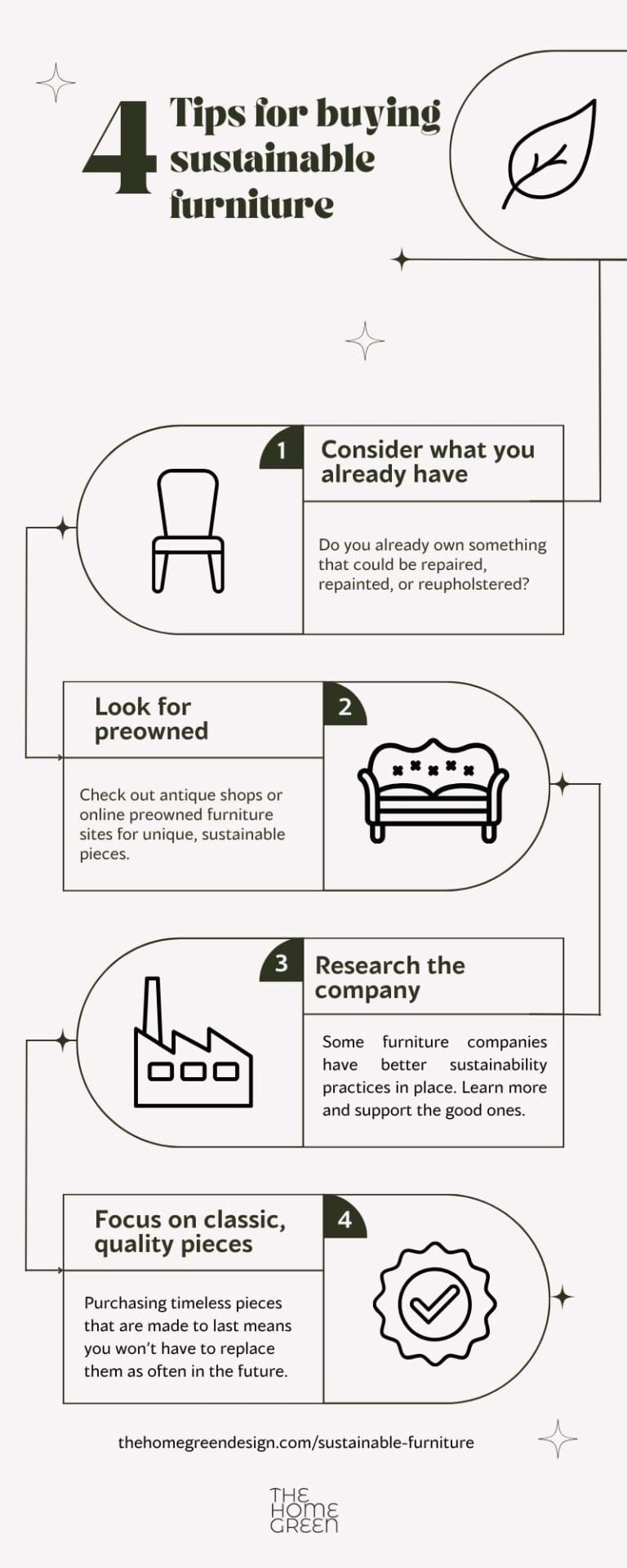

Interested in a free pdf of our 4 tips for buying sustainable furniture graphic?
Sign up to receive our newsletter and we'll make sure you get a copy!
Enter your name and email address above to receive the latest news from The Home Green. By signing up to subscribe, you consent to our terms & conditions and privacy policy.
Hang with us - we know there's more to come!
Selecting furniture that's made of more eco-friendly materials could have a huge impact on your home and the planet. We continue to see more companies prioritizing a thoughtful approach to the materials they use and also advancements in what's available. Please check back – we'll continue to share what we learn about sustainable interior design!

